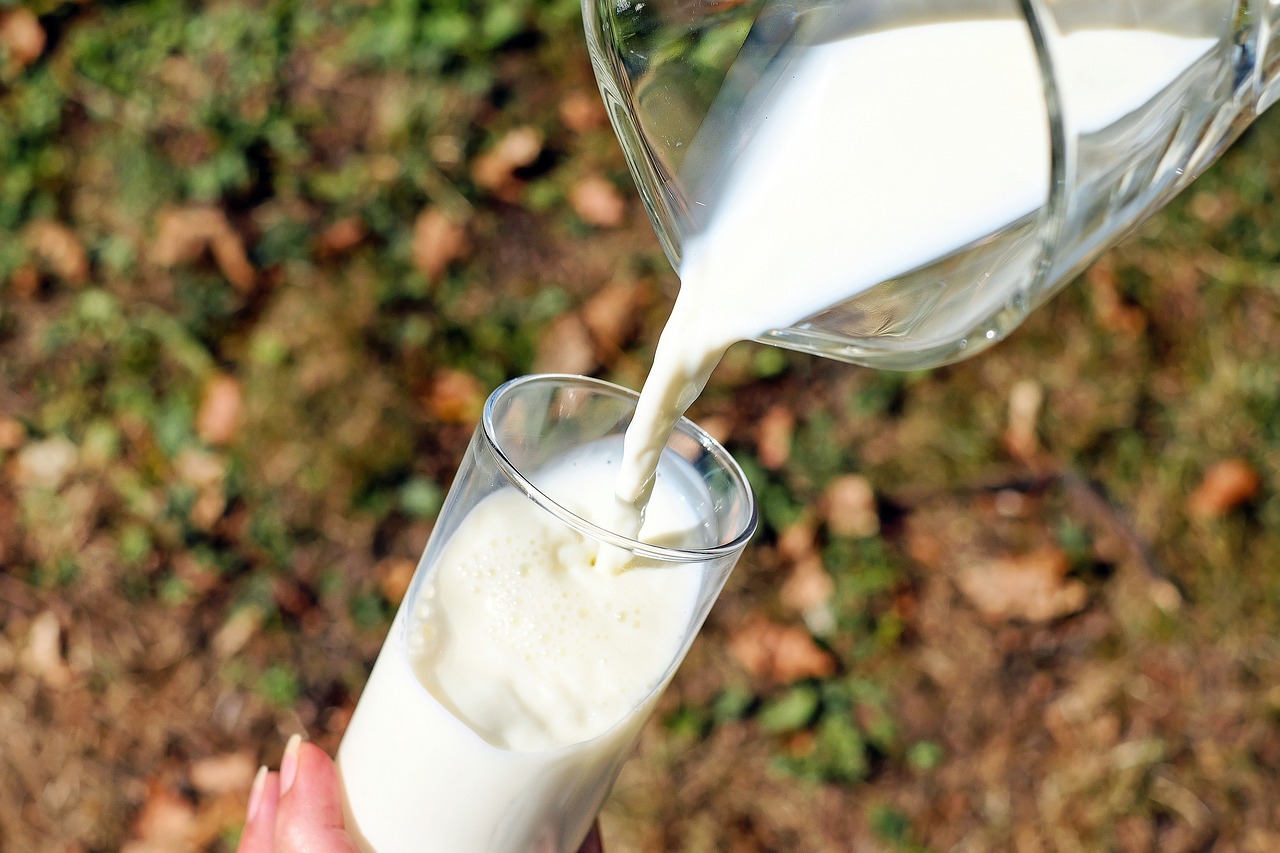Did you know that the amount of calcium in an eight-ounce glass of milk is equal to the levels of calcium in about six to seven oranges or slices of wheat bread? Did you know that milk can reduce the risk of osteoporosis and obesity? The benefits of milk are obvious, and I’m sure you’ve heard the phrase, “Drink milk to grow up big and strong.” Or, “Drink more milk; it’s good for you.” Unfortunately, some of us are lactose intolerant and can’t drink milk or eat other dairy products.
Lactose intolerance is the inability of the body to digest lactose, which is a natural sugar found in dairy products. In scientific terms, the reason for this is that the small intestine does not make enough lactase, which is the enzyme that breaks down lactose into energy via glucose and galactose. The degree of lactose intolerance varies as some people are able to digest small amounts of dairy products and while others are unable to at all. When the body fails to digest lactose from dairy foods, this can cause diarrhea, belly pain, bloating, and vomiting. These uncomfortable symptoms occur when the bacteria in your colon process the undigested lactose instead.
Image Source: Peter Dazeley
The three types of lactose intolerance are primary, secondary, and developmental. The most common type is primary, and it occurs at a young age, as children begin eating more non-dairy foods. As a result, their lactase production decreases heavily by adulthood. Secondary lactose intolerance occurs when a disease or injury to the small intestine decreases the production of lactase. These types of diseases include celiac disease and Crohn’s disease. Developmental lactose intolerance is the rarest type, and it’s when babies are born with lactose intolerance because their mother and father passed on genes that fail to produce lactase.
Currently, there’s no cure for lactose intolerance, but you can avoid the symptoms by avoiding dairy products. The problem of getting enough calcium then arises. Eating dairy foods with reduced lactose soy-based products instead can help supply calcium the body needs. Other foods that are calcium-rich include broccoli, salmon, spinach, and certain cereals. Another treatment is to take dietary supplements, such as Dairy Ease or Lactaid, that help with the digestion of lactose.
Being lactose intolerant isn’t the end of the world, so long as you get the same nutrients with substitute foods. With time, you’ll know your body well enough to avoid lactose products and all the troublesome symptoms that come with it.
Feature Image Source: Couleur










